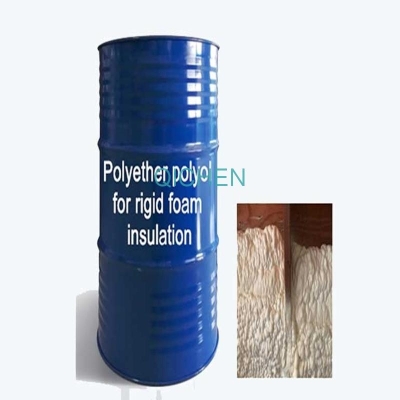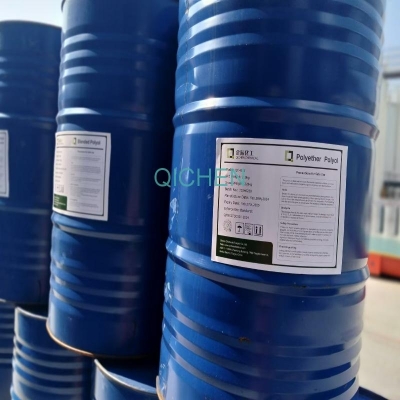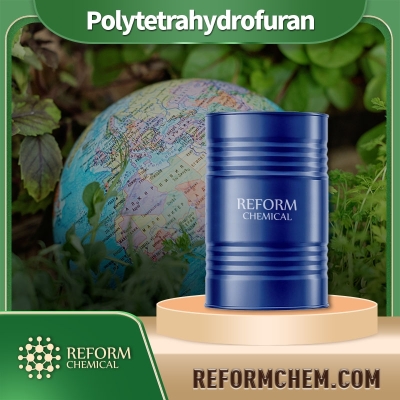-
Categories
-
Pharmaceutical Intermediates
-
Active Pharmaceutical Ingredients
-
Food Additives
- Industrial Coatings
- Agrochemicals
- Dyes and Pigments
- Surfactant
- Flavors and Fragrances
- Chemical Reagents
- Catalyst and Auxiliary
- Natural Products
- Inorganic Chemistry
-
Organic Chemistry
-
Biochemical Engineering
- Analytical Chemistry
-
Cosmetic Ingredient
- Water Treatment Chemical
-
Pharmaceutical Intermediates
Promotion
ECHEMI Mall
Wholesale
Weekly Price
Exhibition
News
-
Trade Service
Poly(epichlorohydrin) (PEnv) is a widely used polymer material in the chemical industry, with a variety of applications in fields such as water treatment, oil recovery, and pharmaceuticals.
The production process of PEnv involves several stages, from the synthesis of epichlorohydrin to the polymerization of epichlorohydrin.
Synthesis of Epichlorohydrin:
The synthesis of epichlorohydrin involves the reaction of chlorine with epoxides, such as propylene oxide or ethylene oxide.
The reaction takes place in the presence of a catalyst, such as sulfuric acid, and is typically carried out in a batch or continuous process.
The resulting epichlorohydrin is a colorless liquid with a characteristic odor, and it is typically used as a monomer in the production of PEnv.
Polymerization of Epichlorohydrin:
The polymerization of epichlorohydrin involves the reaction of epichlorohydrin molecules to form long chains of PEnv.
There are several polymerization techniques that can be used to produce PEnv, including batch, semi-batch, and continuous processes.
The choice of process depends on factors such as the desired yield, product quality, and the scale of production.
Batch Process:
In the batch process, epichlorohydrin is added to a reactor, along with a solvent and a catalyst.
The reactor is then sealed and the reaction is allowed to proceed at a specified temperature and pressure.
Once the reaction is complete, the polymer is extracted from the reactor, washed with water, and dried.
The batch process is relatively simple and is often used for smaller-scale production of PEnv.
Semi-Batch Process:
The semi-batch process is similar to the batch process, but the reactor is not sealed, and the reaction is allowed to proceed over a period of time.
The reaction is typically started by adding a small amount of epichlorohydrin to the reactor, and the rest of the reactant is added gradually over a period of several hours.
This process allows for more efficient use of the reactants, and is often used for larger-scale production of PEnv.
Continuous Process:
In the continuous process, epichlorohydrin is continuously fed into a reactor, along with a solvent and a catalyst.
The reactor is typically operated at a higher temperature and pressure than in the batch or semi-batch processes, and the reaction produces a continuous stream of PEnv.
The PEnv is continuously extracted from the reactor, washed with water, and dried.
This process is more efficient than the batch or semi-batch processes and is often used for large-scale production of PEnv.
Product Characterization:
Once the PEnv has been produced, it is typically characterized to determine its properties and quality.
This includes measurements such as molecular weight, viscosity, and reactivity.
The PEnv is also typically tested for its ability to absorb water and swell, as well as its resistance to acid and base.
Conclusion:
The production process of PEnv involves several stages, from the synthesis of epichlorohydrin to the polymerization of epichlorohydrin.
There are several techniques that can be used to produce PEnv, including batch, semi-batch, and continuous processes.
The choice of process depends on factors such as the desired yield, product quality, and the scale of production.
Once the PENV has been produced, it is typically characterized to determine its properties and quality.







